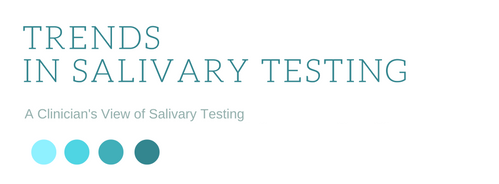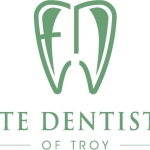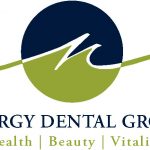
A couple weeks ago, establishing a stage for your patient was highlighted – click HERE to read part 1. Once you have established the stage of your patient, the grade needs to be determined. The three grades are A, B, or C. The grade indicates the speed of progression and the quality of treatment response. In order to establish the grade, there are 3 factors to consider:
Direct evidence – Evidence of bone loss over the past 5 years. (You may not have access to previous records, but...
Read More






